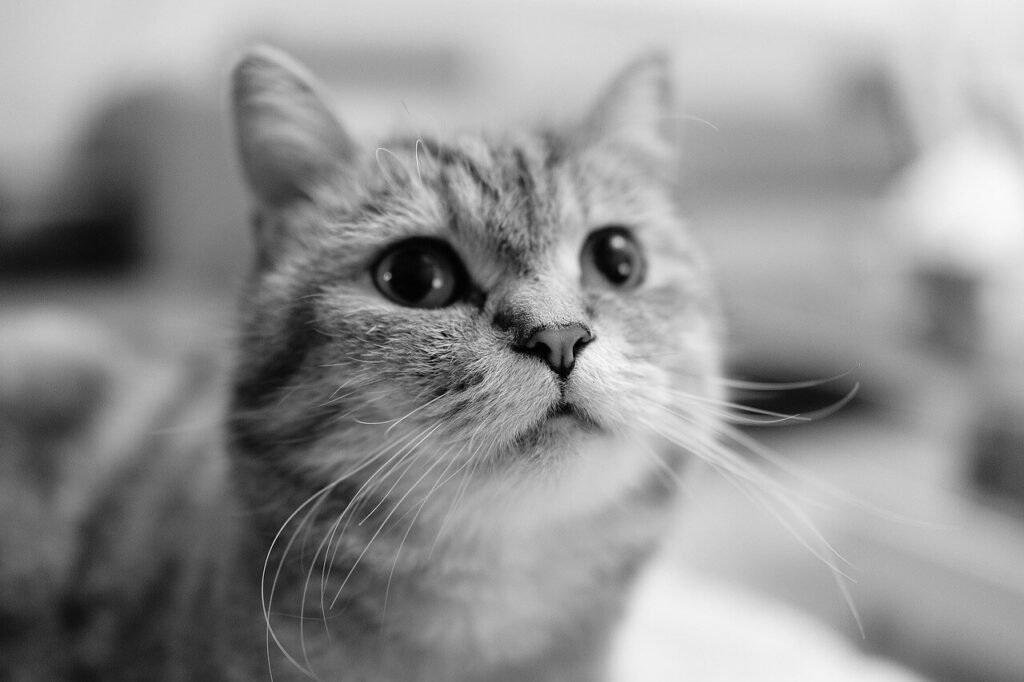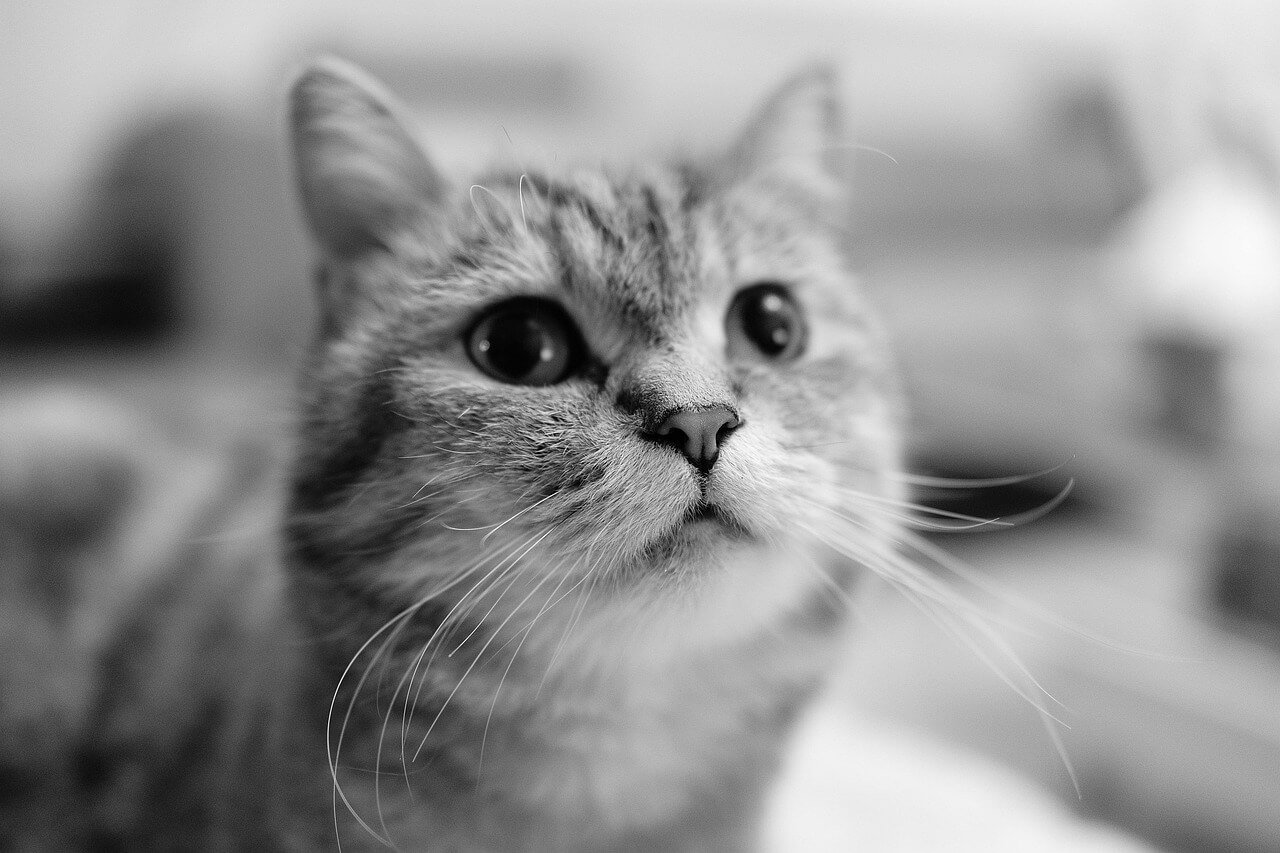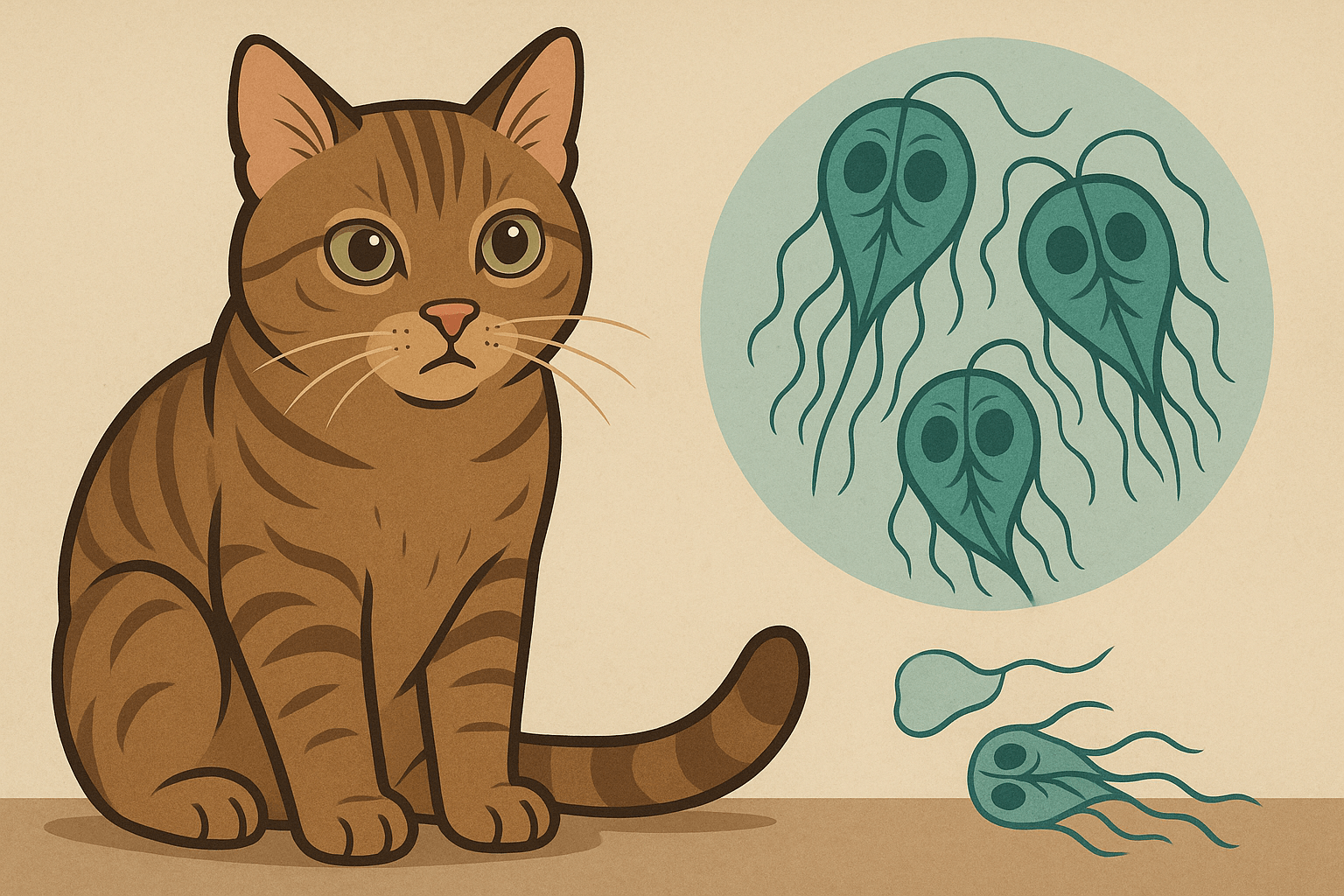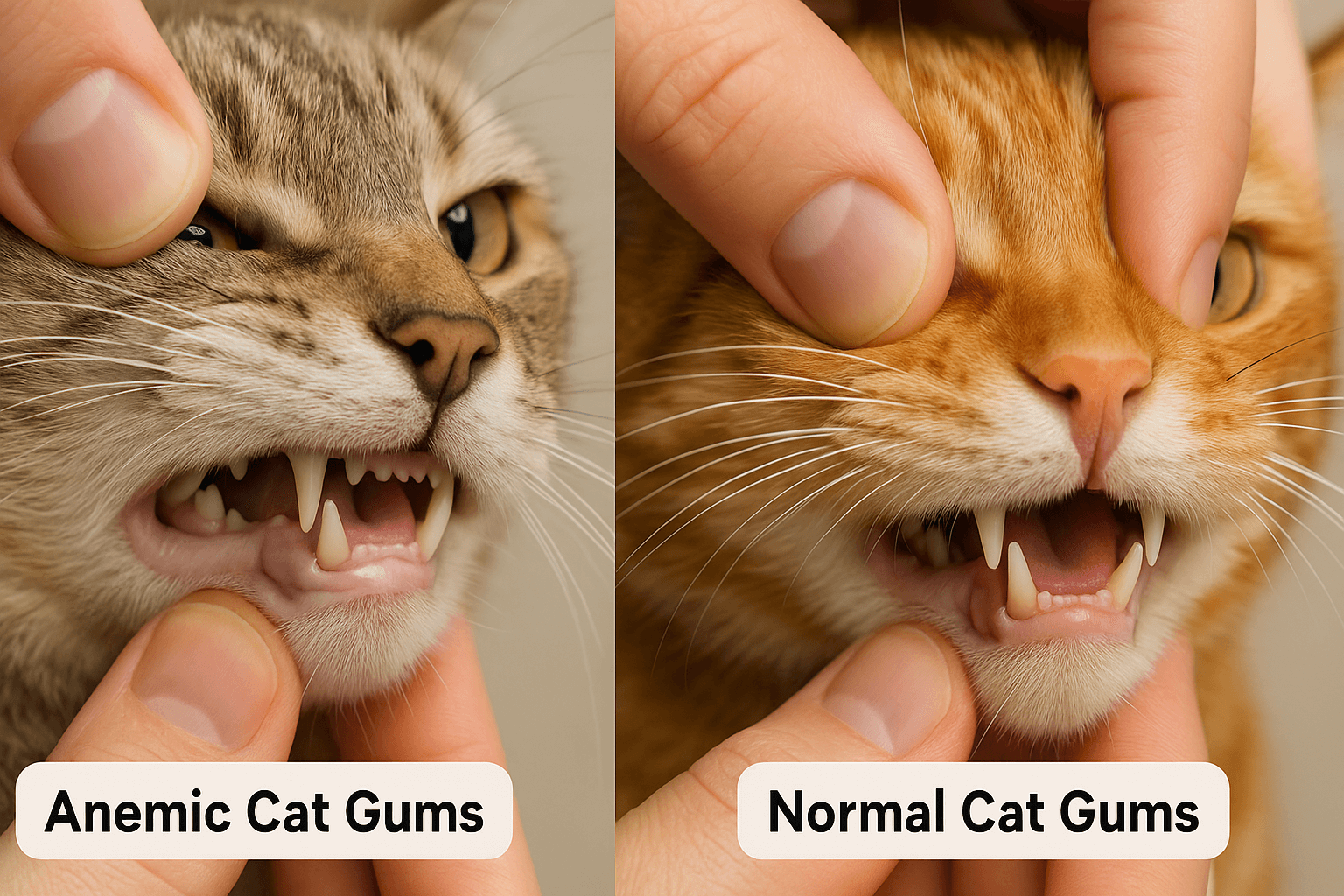Cat Peeing Next to Litter Box: Understanding and Solving the Problem
When your cat starts peeing next to the litter box instead of inside it, it can be frustrating and concerning for any pet owner. This behavior is not only messy but may also signal underlying issues that need attention. Whether it’s a problem with the litter box setup, stress, or a health concern, understanding why your cat is avoiding the box is the first step toward resolving the issue. In this article, we’ll explore the reasons behind this behavior, offer practical solutions, and provide tips to prevent it from happening again. With patience and consistency, you can restore harmony to your home and ensure your cat feels comfortable and secure.
Why Is My Cat Avoiding the Litter Box? Key Factors to Consider
Cats are naturally clean animals, so when they pee outside the litter box, there’s usually a reason behind it. Identifying the root cause is essential for addressing the problem effectively. Here are some common reasons why cats might choose to urinate next to the litter box:
Dirty Litter Box :
Cats dislike using a dirty or smelly litter box and may avoid it altogether.Litter Type Preferences :
Some cats are particular about the texture or smell of their litter and may reject unfamiliar types.Box Size or Placement :
A litter box that’s too small or placed in a noisy, high-traffic area can discourage use.Stress or Anxiety :
Changes in the household, such as new pets or moving homes, can lead to stress-related behaviors.Medical Issues :
Urinary tract infections, bladder stones, or other health problems can cause discomfort and avoidance.
Understanding these factors can help you pinpoint the issue and take appropriate action. Remember, addressing the root cause is key to solving the problem.
When to Suspect Health Problems: Red Flags to Watch For
If your cat is consistently peeing outside the litter box, it’s important to rule out potential medical conditions. Cats are masters at hiding pain, so subtle changes in behavior can indicate an underlying health issue. Here are some signs that your cat may need veterinary attention:
Frequent Urination :
If your cat is visiting the litter box more often than usual, it could signal a urinary issue.Straining to Urinate :
Difficulty or pain while urinating is a sign of possible blockages or infections.Blood in Urine :
The presence of blood indicates a serious condition that requires immediate care.Excessive Licking of Genitals :
Over-grooming in this area can suggest irritation or infection.Changes in Behavior :
Increased aggression, lethargy, or hiding may accompany health-related urinary problems.
If you notice any of these symptoms, consult your veterinarian promptly. Early diagnosis and treatment can prevent further complications and ensure your cat’s well-being.
Check this guide 👉Cat Cant Pee: Best 7 Health Tips!
Check this guide 👉Why Is My Cat Peeing on My Bed? Best 7 Expert Tips!
Check this guide 👉What Color Is Cat Pee? Best 7 Health Tips!

Behavioral Causes | Solutions to Try |
|---|---|
Dirty litter box | Scoop daily and clean the box weekly |
Dislike of litter type | Experiment with different textures/smells |
Stress or anxiety | Create a calm environment with routines |
Improper box placement | Move the box to a quiet, accessible spot |
Multi-cat household competition | Add more litter boxes (one per cat + one) |
How to Get Your Cat Back on Track: Practical Solutions
Once you’ve identified the cause of your cat’s behavior, you can take steps to encourage proper litter box use. These strategies focus on creating a positive and inviting environment for your feline friend. Here are some tips to try:
Clean the Area Thoroughly :
Remove all traces of urine odor near the litter box to prevent repeat incidents.Switch to Unscented Litter :
Many cats prefer unscented options, as strong fragrances can be off-putting.Provide Multiple Boxes :
Ensure there are enough litter boxes in your home, especially in multi-cat households.Gradually Introduce Changes :
If switching litter types, do so gradually by mixing old and new litter together.Reward Good Behavior :
Praise or treat your cat when they use the litter box correctly to reinforce the habit.
With consistent effort, these strategies can help redirect your cat’s behavior and restore their comfort with the litter box.
Stay One Step Ahead: How to Prevent Litter Box Problems
Preventing future incidents of peeing outside the litter box involves proactive measures to keep your cat happy and healthy. By addressing potential triggers early, you can maintain a harmonious household. Here’s how to stay ahead of the problem:
Establish a Cleaning Routine :
Regularly scoop and sanitize the litter box to keep it fresh and appealing.Monitor Your Cat’s Health :
Schedule routine vet check-ups to catch any health issues before they escalate.Observe Behavioral Changes :
Pay attention to shifts in your cat’s habits, as they may signal stress or illness.Introduce New Elements Gradually :
Whether it’s a new litter type or box design, make changes slowly to avoid upsetting your cat.Create a Safe Space :
Provide areas where your cat can retreat to feel secure and relaxed.
By taking these preventative steps, you can minimize the likelihood of future litter box mishaps and ensure your cat remains content.
Creating a Cat-Friendly Space: How Your Home Setup Can Help
Sometimes, simple changes to your home environment can encourage your cat to use the litter box properly. By addressing factors like noise, privacy, and accessibility, you can make the litter box area more appealing. Here are some adjustments to consider:
Choose a Quiet Location :
Place the litter box in a low-traffic, calm area where your cat feels safe and undisturbed.Avoid Scary Appliances :
Keep the litter box away from loud or sudden noises, such as washing machines or heaters.Provide Easy Access :
Ensure the litter box is easily reachable, especially for older cats or those with mobility issues.Use a Covered Box (Optional) :
Some cats prefer the privacy of a covered box, while others may feel trapped—experiment to see what works.Add Vertical Space Nearby :
Install shelves or perches near the box to give your cat a sense of security and control.
By tweaking your home setup, you can create an environment that encourages proper litter box habits and reduces stress-related avoidance.
Calming the Chaos: How to Soothe Your Cat’s Nerves
Stress and anxiety are common culprits behind litter box avoidance. Identifying and addressing the source of your cat’s stress can help restore their comfort and confidence. Here are some strategies to calm your feline friend:
Establish a Routine :
Consistent feeding, play, and cleaning schedules provide stability and reassurance.Introduce Calming Products :
Use pheromone diffusers or sprays to create a soothing atmosphere in your home.Create Safe Spaces :
Offer cozy hideaways where your cat can retreat when feeling overwhelmed.Gradual Introductions to Changes :
If you’ve recently moved or added a new pet, introduce changes slowly to avoid overwhelming your cat.Provide Mental Stimulation :
Puzzle toys and interactive games can distract your cat from stress-related behaviors.
Reducing stress not only improves litter box habits but also enhances your cat’s overall well-being. A calm cat is a happy cat!
Redirecting Behavior: Fun and Safe Outlets for Your Cat
If your cat is peeing outside the litter box due to boredom or territorial marking, providing alternative activities can help redirect their energy toward healthier outlets. These solutions focus on enriching your cat’s environment and satisfying their instincts in constructive ways.
Interactive Toys :
Wand toys, laser pointers, and motorized mice can engage your cat’s hunting instincts.Scratching Posts Near the Box :
Position scratching posts close to the litter box to channel territorial marking behaviors elsewhere.DIY Digging Boxes :
Fill a shallow container with safe materials like shredded paper or sand for supervised digging fun.Food Dispensing Toys :
Treat-dispensing puzzles keep your cat mentally stimulated and physically active.Rotate Toys Regularly :
Keep your cat interested by swapping out toys every few days to prevent boredom.
By offering engaging alternatives, you can satisfy your cat’s curiosity and territorial instincts without sacrificing the cleanliness of your home. A little creativity goes a long way!
Frequently Asked Questions About Cats Peeing Outside the Litter Box
Why does my cat pee right next to the litter box?
It could be due to a dirty box, stress, or a medical issue—investigate thoroughly.
Should I punish my cat for peeing outside the box?
No, punishment can increase stress and worsen the behavior; focus on positive reinforcement instead.
Can changing the litter type fix the problem?
Yes, experimenting with different textures or scents may resolve the issue if your cat dislikes the current litter.
How many litter boxes should I have?
The general rule is one box per cat, plus one extra, to reduce competition and stress.
What if my cat keeps peeing in the same spot?
Clean the area thoroughly and consider placing a litter box there temporarily to retrain them.
Final Thoughts: Restoring Harmony with Your Feline Friend
Dealing with a cat who pees next to the litter box can be frustrating, but it’s important to approach the situation with patience and understanding. By identifying the root cause—whether behavioral, environmental, or medical—you can take meaningful steps to resolve the issue. Remember, your cat’s actions are often a reflection of their comfort and well-being. With consistent care, a clean environment, and open communication with your veterinarian, you can rebuild trust and ensure your cat feels safe and content. Together, you and your feline companion can overcome this challenge and enjoy a peaceful, mess-free home once again.
Giardia in Cats: Best 7 Expert Tips! Discover expert advice on identifying, treating, and preventing giardia in cats to ensure your feline stays happy and healthy.
Cat Hyperventilating: Best 7 Expert Tips! Discover signs, causes, and solutions for cat hyperventilation. Learn how to calm your cat and when to seek veterinary care for their breathing issues.
Anemic Cat Gums vs Normal: Best 7 Expert Tips! Learn to spot signs of anemia in cats, understand gum health, and ensure your feline stays happy and healthy with expert advice.
Himalayan Cat Size: Best 7 Expert Tips! Discover expert advice on Himalayan cat size, growth factors, care tips, and how to ensure your feline stays healthy and happy.





